The Hidden Art of Microchips: Exploring the Fascinating World of Silicon Graffiti
As engineers and designers worked on the complex layouts of integrated circuits, they began to incorporate small doodles, initials, and intricate drawings into the unused spaces of chip designs.
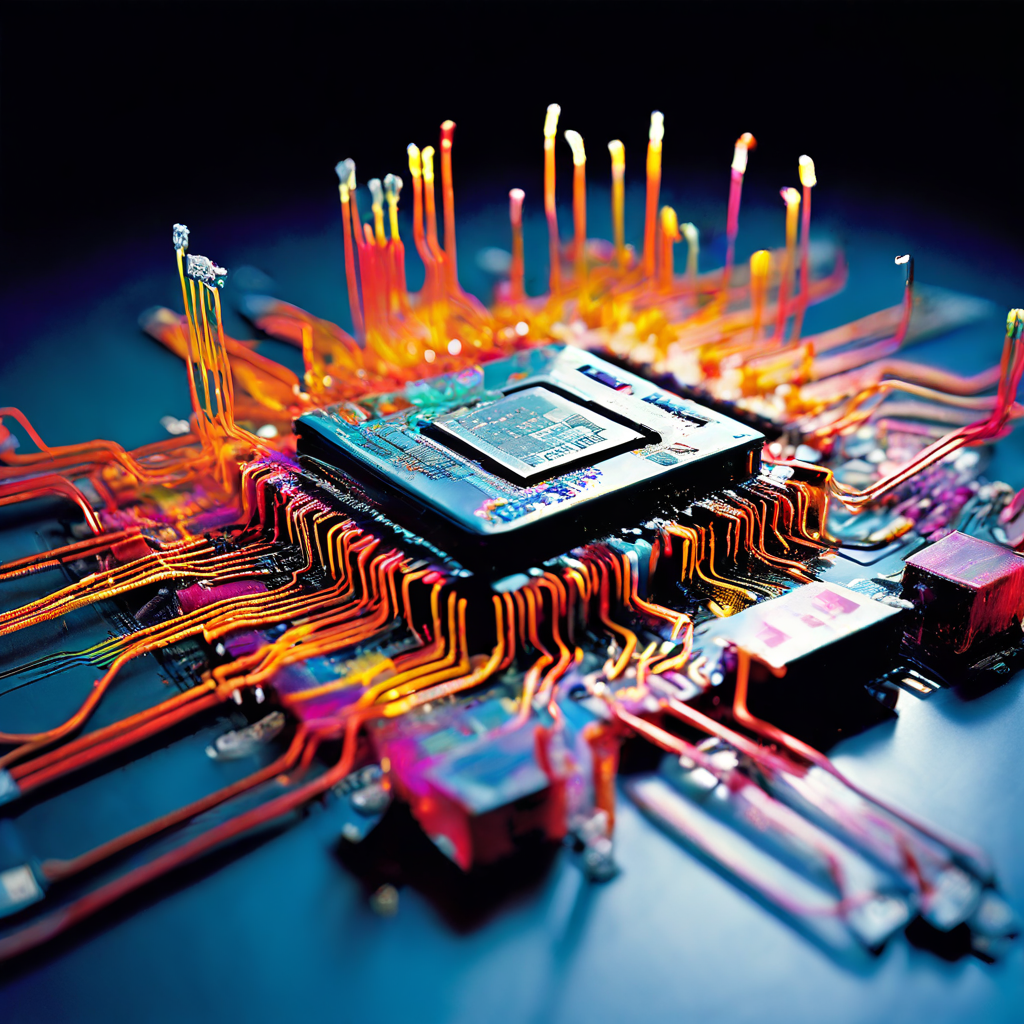
Introduction to Microchip Graffiti
In the intricate world of microchips and integrated circuits, a fascinating form of art has been hiding in plain sight for decades. Known as microchip graffiti, chip art, silicon art, or silicon doodling, this unique form of microscopic artwork has been an integral part of the semiconductor industry, serving various purposes from personal expression to practical functions in the early days of chip design.
In this article, we explore the captivating history of microchip graffiti, exploring its origins, evolution, motivations, and the methods behind creating these tiny masterpieces.
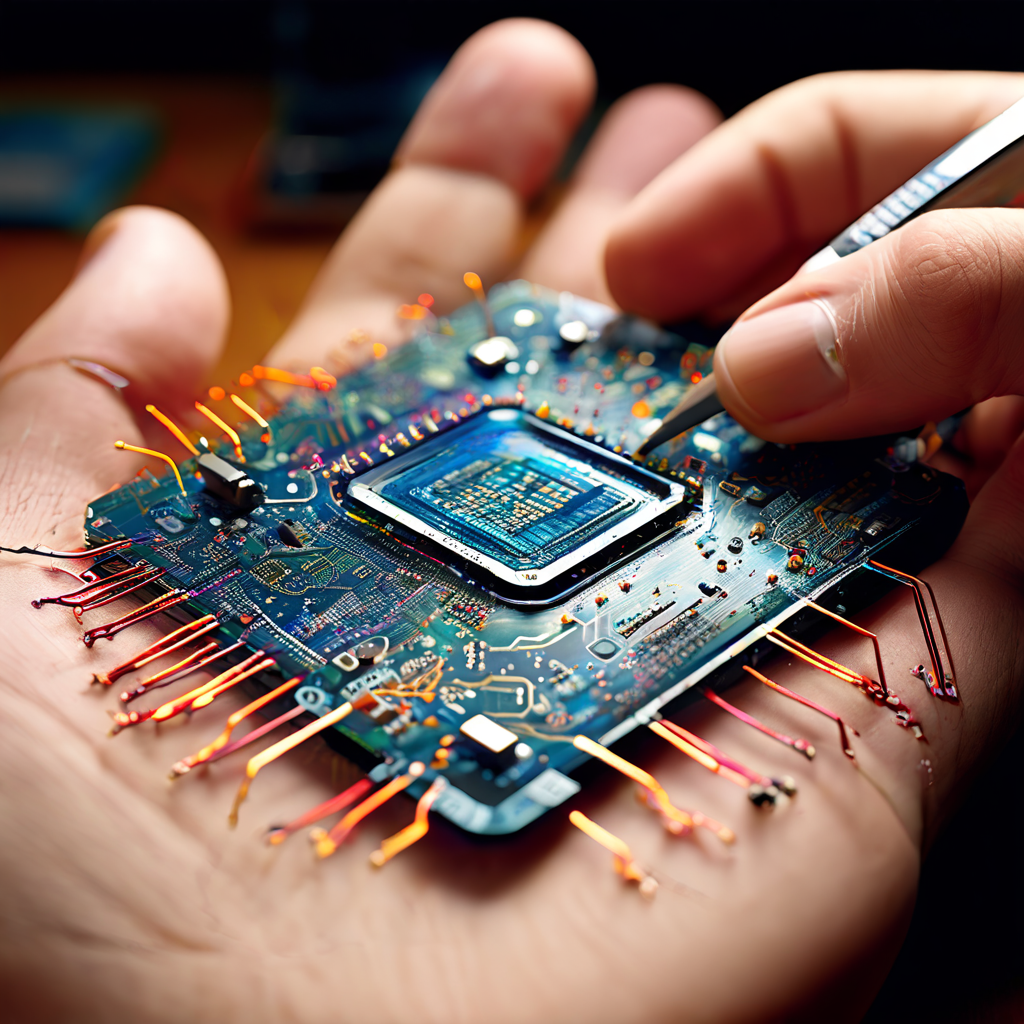
The Birth of Microchip Graffiti
The practice of creating microchip graffiti can be traced back to the early days of the microchip industry. As engineers and designers worked on the complex layouts of integrated circuits, they began to incorporate small doodles, initials, and intricate drawings into the unused spaces of chip designs. These artworks, invisible to the naked eye, could only be seen with the help of a microscope. The inclusion of such art was made possible by the photolithography process used in chip manufacturing, which allowed for the addition of non-functional features without incurring extra costs.

In the beginning, microchip graffiti served a purpose beyond mere artistic expression. Prior to 1984, if a competitor produced a chip containing identical doodles to another company's chip, it provided strong evidence of copyright infringement. This indicated that the design was copied rather than independently developed, which was particularly important in an era when proving copyright violations was more difficult. However, the introduction of the Semiconductor Chip Protection Act in 1984 changed the legal landscape by automatically granting exclusive rights to the creators of chip masks, making the presence of doodles less critical for copyright protection.
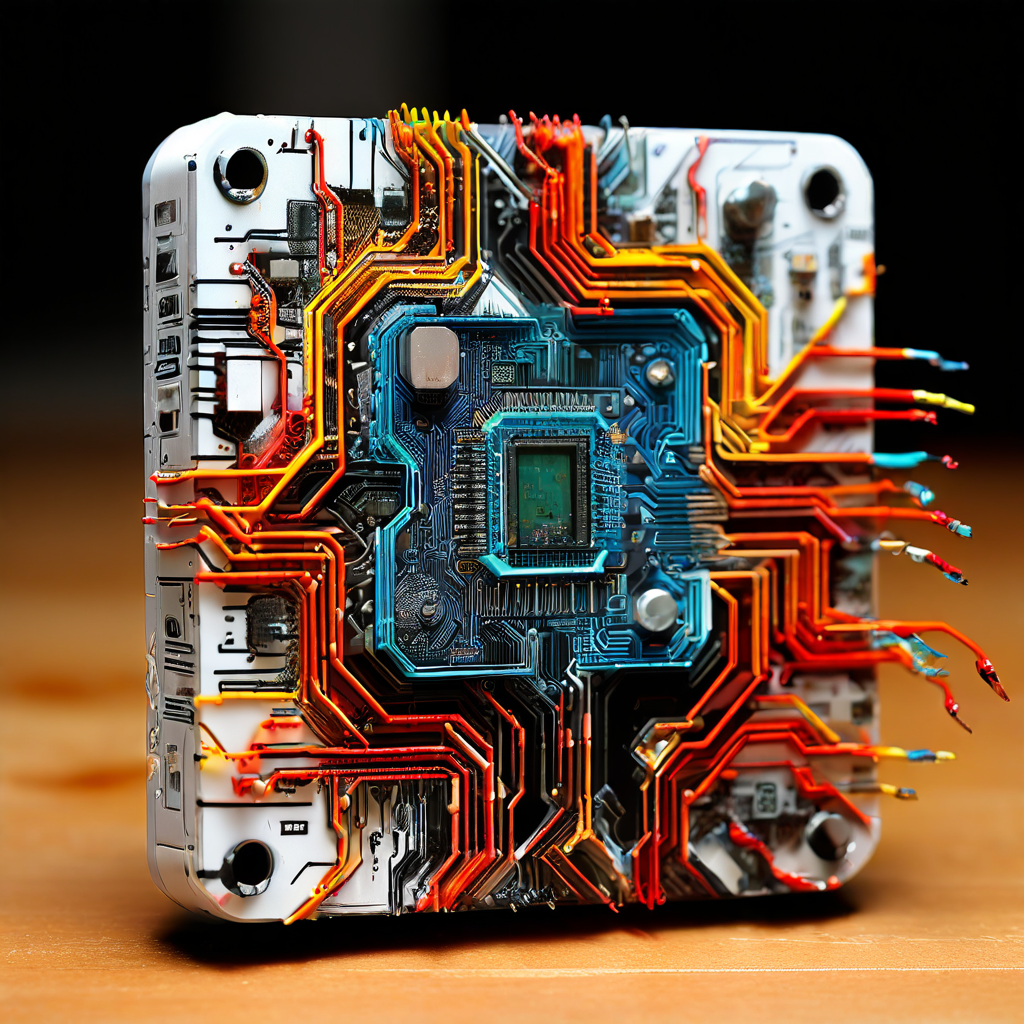
The Art of Chip Doodling
The process of creating microchip graffiti, or chip art, involves a combination of technical skill and artistic creativity. To create these microscopic masterpieces, engineers would draw the desired image on a mask used in the photolithography process. This mask would then allow ultraviolet light to harden specific areas of photoresist on a metal layer. After several steps, the image would be etched into the metal, resulting in a durable and intricate artwork that could withstand the chip manufacturing process.
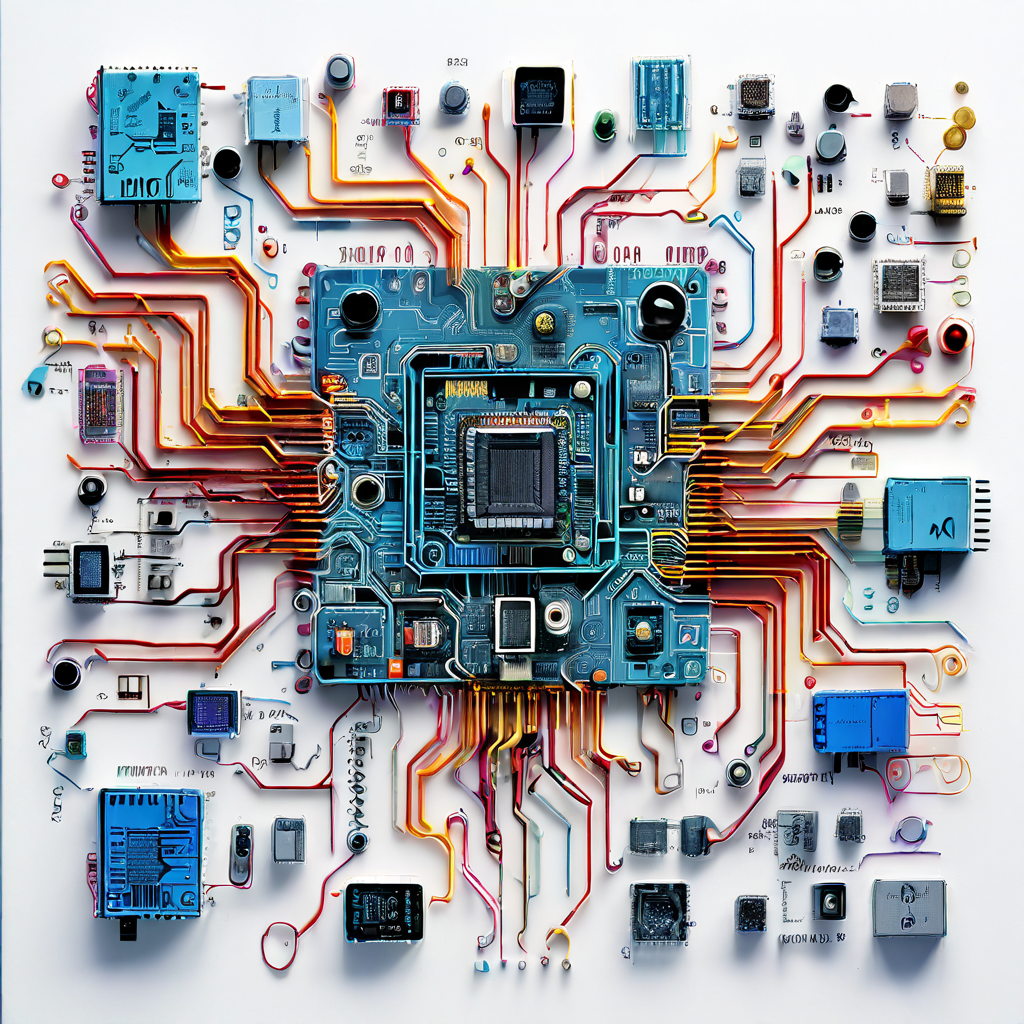
The motivations behind creating microchip graffiti were diverse. For some engineers, it was a way to "sign" their work, leaving a personal mark on their contributions to a project in a highly competitive and often anonymous industry. Others saw it as an opportunity to include inside jokes, personal symbols, or even tributes to colleagues and loved ones within the complex designs of microchips.
Famous Examples of Microchip Graffiti
Throughout the history of the semiconductor industry, numerous examples of microchip graffiti have been discovered, each with its own unique story and significance. One of the most famous examples is the "Silicon Zoo" found on the Hewlett-Packard 54600B oscilloscope. This chip features a menagerie of animals, including a horse, deer, seagull, fish, and even Waldo from the popular "Where's Waldo?" books.

Another notable example is the "Chip Art" found on the Atmel AT28C256 EEPROM. This chip contains a detailed sketch of the Atmel corporate headquarters building, showcasing the pride and dedication of the engineers who worked on the project.The Intel 8086 microprocessor, a groundbreaking chip that paved the way for modern computing, also contains a hidden surprise. A tiny "8086" logo can be found etched into the chip, serving as a subtle signature of the engineers who brought this revolutionary processor to life.

The Decline of Microchip Graffiti
Despite its rich history and cultural significance, the practice of creating microchip graffiti has seen a decline in recent years. Several factors have contributed to this trend, including advances in circuit design automation, tighter product cycle times, and the potential for accidental damage to chips.
As chip designs have become increasingly complex and automated, the opportunities for engineers to include personal touches have diminished. The pressure to meet tight deadlines and the risk of unintentionally damaging the delicate circuitry have made it more challenging for designers to incorporate graffiti into their work.
Furthermore, the legal protections introduced by the Semiconductor Chip Protection Act of 1984 have reduced the need for graffiti as a means of proving copyright infringement. With exclusive rights automatically granted to the creators of chip masks, the presence of doodles has become less critical for safeguarding intellectual property.
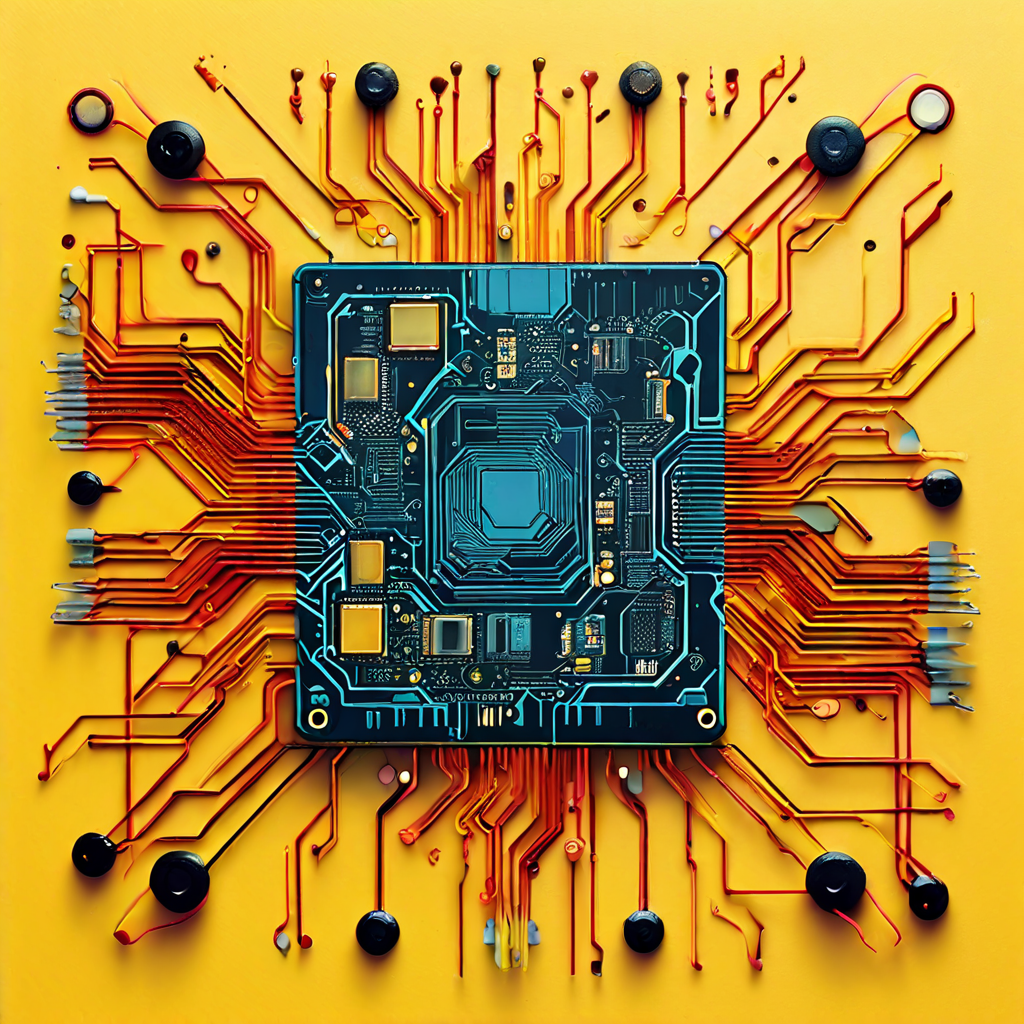
Preserving the Legacy of Microchip Graffiti
Although the practice of creating microchip graffiti has waned, its legacy lives on through the efforts of enthusiasts and historians who recognize the importance of preserving this unique form of art. Websites like the Silicon Zoo have emerged as digital archives, cataloging and celebrating these miniature masterpieces.
The Silicon Zoo, founded by Michael Davidson, is a virtual museum dedicated to showcasing the hidden artworks found within microchips. The website features a vast collection of images captured through microscopy, revealing the intricate details of chip art from various manufacturers and time periods.By documenting and sharing these examples of microchip graffiti, the Silicon Zoo and similar initiatives help to preserve the whimsical and human side of semiconductor design. They serve as a reminder that behind the cold, calculated world of technology lies a rich tapestry of creativity, humor, and personal expression.
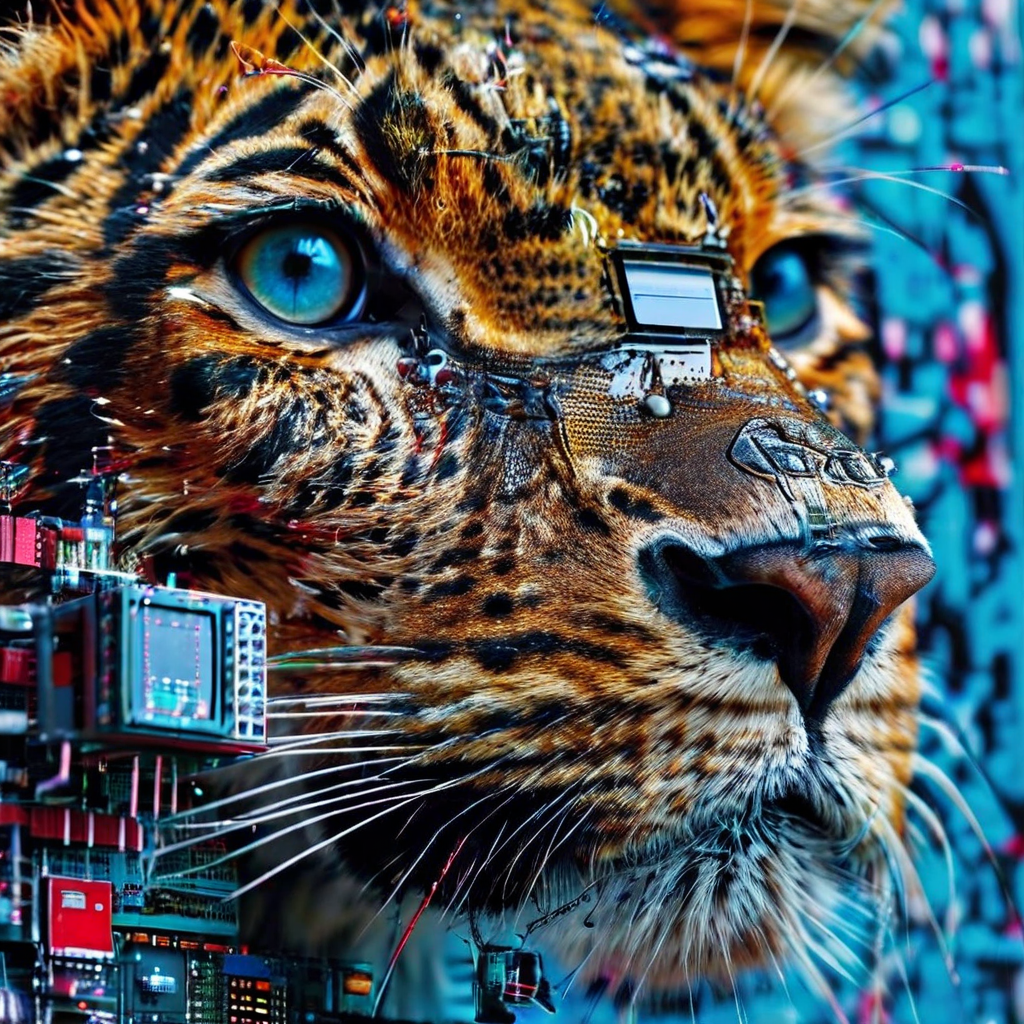
The Future of Microchip Art
As technology continues to evolve at a rapid pace, the future of microchip graffiti remains uncertain. With the increasing complexity of chip designs and the growing reliance on automation, the opportunities for engineers to include personal touches may continue to diminish.

However, the spirit of creativity and self-expression that drove the creation of microchip graffiti is unlikely to disappear entirely. As new generations of engineers and designers enter the field, they may find innovative ways to leave their mark on the technology they create.
Perhaps the future of microchip art lies in the realm of intentional design, where companies embrace the idea of including artistic elements as a way to differentiate their products and celebrate the human ingenuity behind them. Or maybe the legacy of microchip graffiti will inspire a new form of technological art, one that combines the precision of engineering with the boundless creativity of the human spirit.

Conclusion: Leaving a mark
The hidden world of microchip graffiti is a testament to the enduring human desire to leave a mark, to create something beautiful, and to find self-expression in even the most unlikely of places. From its origins as a practical tool for proving copyright infringement to its evolution into a form of artistic signature, chip art has played a fascinating role in the history of the semiconductor industry.
Although the practice of creating microchip graffiti has declined in recent years, its legacy endures through the efforts of dedicated enthusiasts and historians. By preserving and celebrating these microscopic masterpieces, we ensure that future generations can appreciate the ingenuity, creativity, and humor that have always been a part of the world of technology.
As we look to the future, it is clear that the spirit of microchip graffiti will continue to inspire and captivate us. Whether through intentional design, new forms of technological art, or the rediscovery of hidden treasures from the past, the fascinating world of silicon art will undoubtedly continue to evolve and surprise us for years to come.




